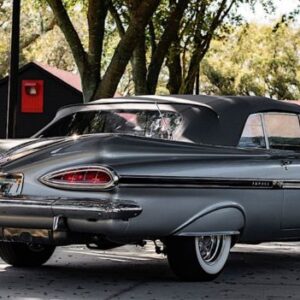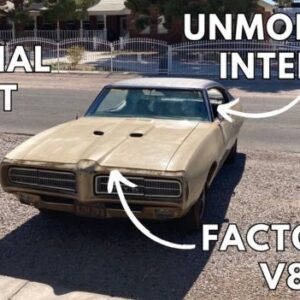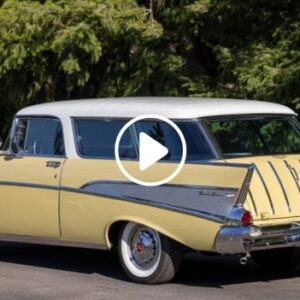The Lamborghini Miura, produced from 1966 to 1973, is a legendary sports car that played a significant role in shaping the modern supercar landscape.
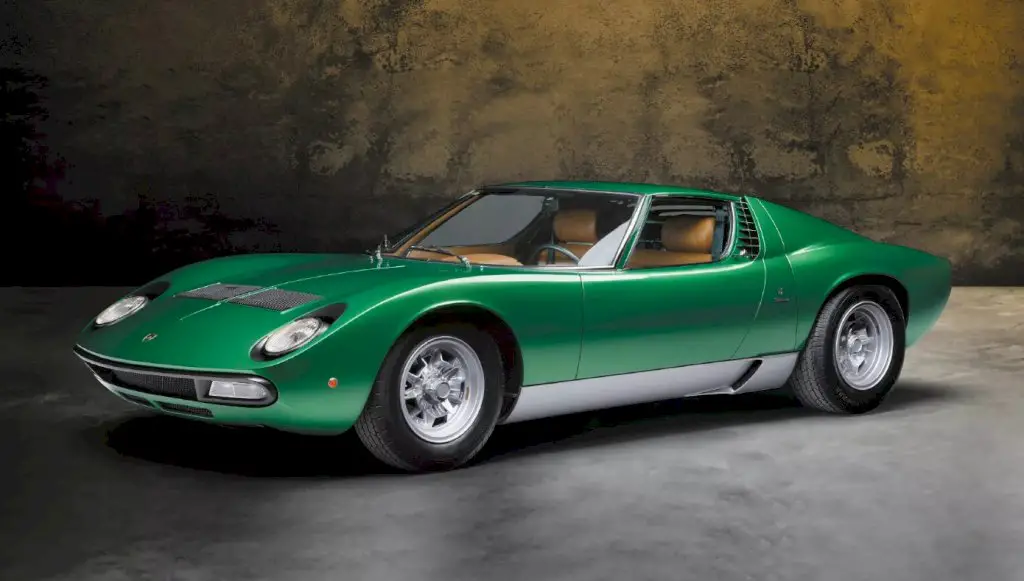
The Lamborghini Miura is regarded as a groundbreaking and iconic sports car, which continues to captivate car enthusiasts with its stunning design and impressive performance capabilities.

1. Limited Production
Approximately 764 units of the Lamborghini Miura were produced during its seven-year production run. Several variants and special editions were released, including the Miura P400, Miura S, Miura SV, and the rare Jota.
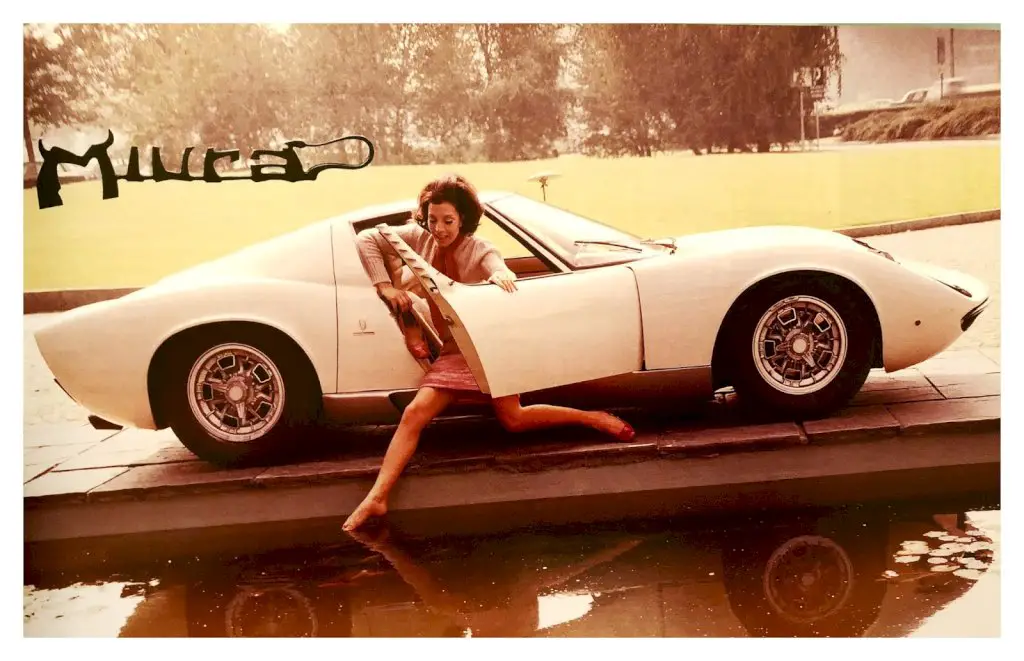
2. Collectibility and Value
The Miura is highly sought after by collectors, and well-preserved examples often command significant prices at auctions. Its rarity, historical significance, and timeless design contribute to its desirability among automotive enthusiasts.

3. Pop Culture Appearances
The Miura made notable appearances in pop culture, further solidifying its cultural significance. It famously featured in the opening sequence of the 1969 film “The Italian Job,” capturing the imagination of audiences worldwide. The car has also appeared in various other films, television shows, and video games, including the “Need for Speed” series.

4. Symbol of Luxury and Exclusivity
The Miura represented the epitome of luxury and exclusivity. Its limited production numbers, timeless design, and high-performance capabilities contributed to its desirability among car enthusiasts and collectors. Owning a Miura became a status symbol, and the car remains highly sought after in the classic car market.

5. Design
The design of the Lamborghini Miura, created by Marcello Gandini at Bertone, remains one of the most iconic and influential designs in automotive history.
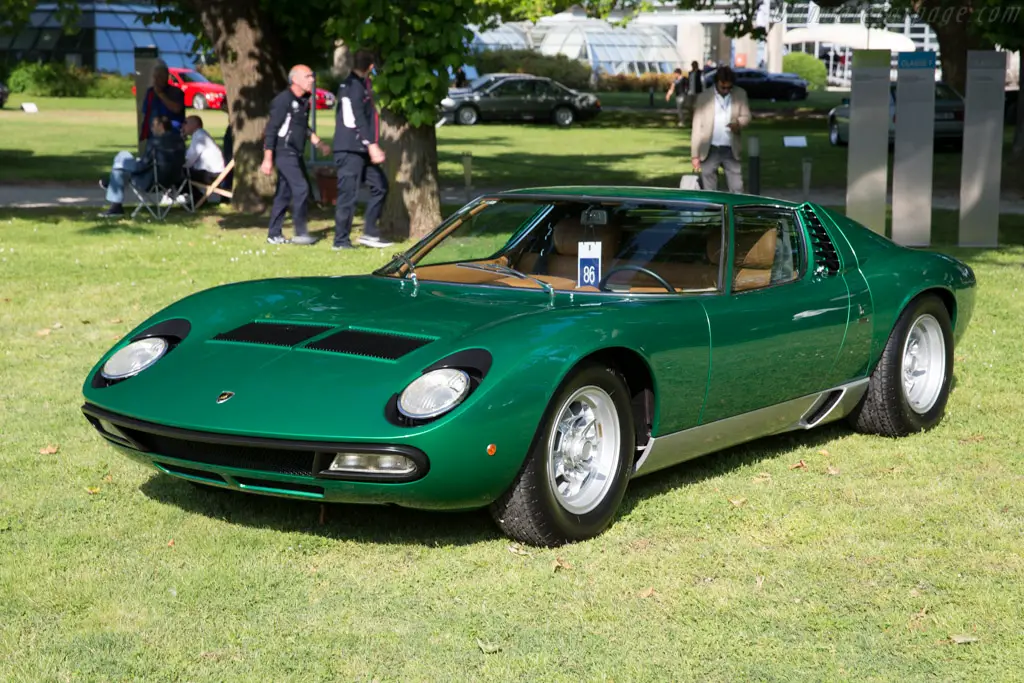
It is renowned for its groundbreaking and futuristic approach. Its sleek and aggressive lines, coupled with innovative design elements, made it a design icon that continues to inspire and captivate car enthusiasts to this day.
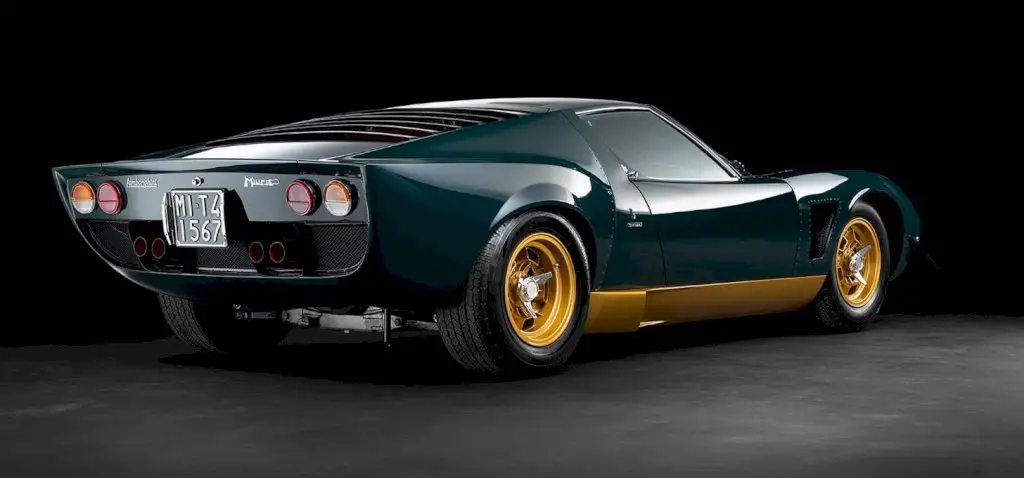
Sleek and aerodynamic shape
The Miura’s design is characterized by its low-slung and aerodynamic profile. The car featured a long hood, a low roofline, and a short rear deck, creating a dynamic and visually appealing silhouette.
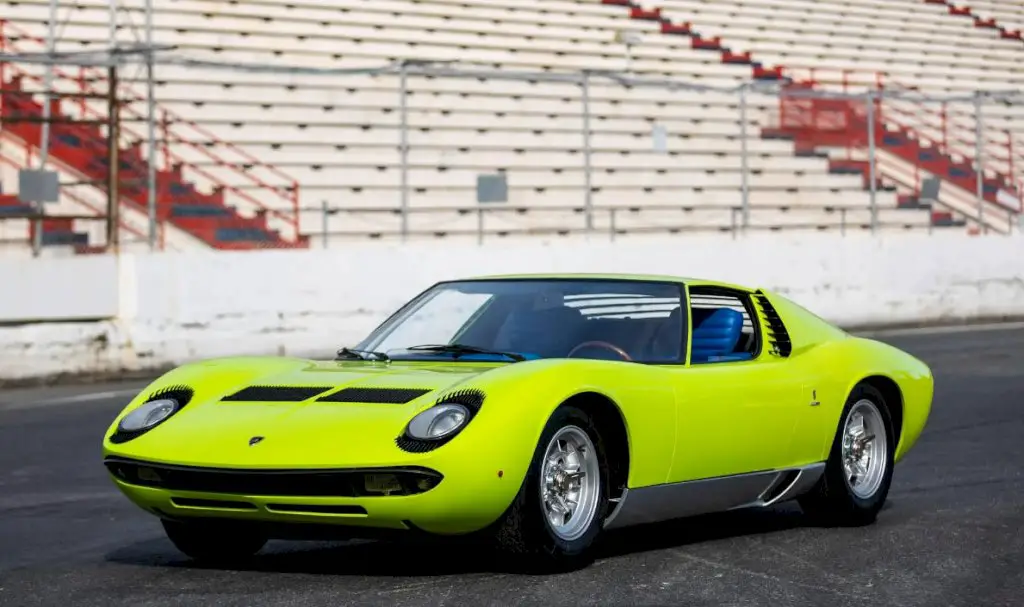
“Flying wedge” design
The Miura’s wedge-shaped design was a departure from traditional car designs of the time. The front end of the car was sharply angled, gradually sloping down towards the rear. This design element became a hallmark of many subsequent Lamborghini models.
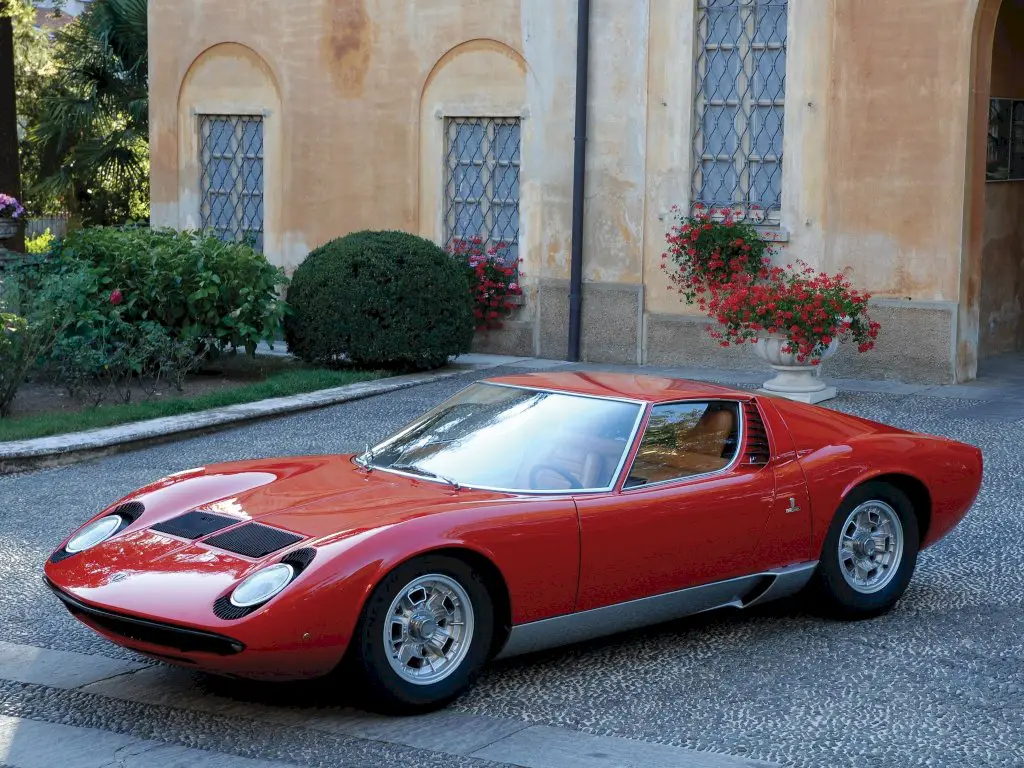
Pop-up headlights
The Miura featured pop-up headlights, which were integrated into the sleek, angular front end of the car. This design feature added to the car’s futuristic and aggressive appearance.
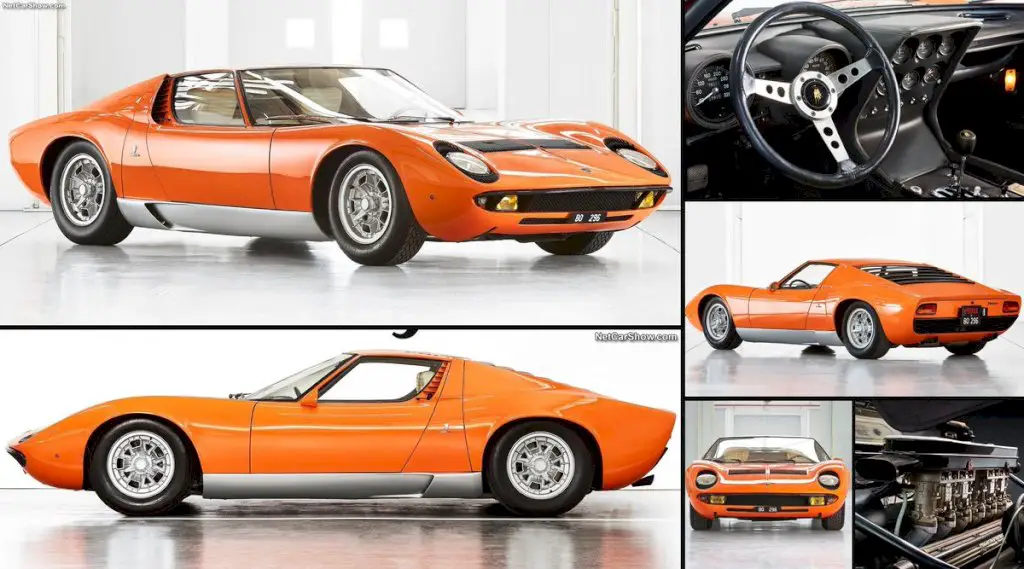
Air intakes and vents
The Miura incorporated various air intakes and vents to aid in engine cooling and aerodynamics. Air intakes were positioned on the sides, just ahead of the rear wheels, while additional vents were present on the hood and rear quarter panels.
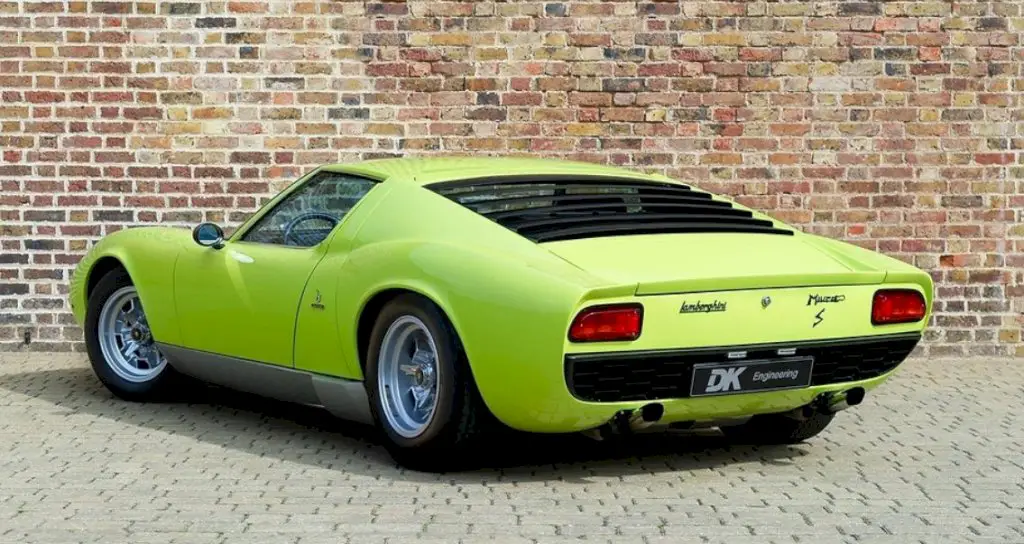
Scissor doors
One of the most distinctive design elements of the Miura was its scissor doors, which opened vertically and swung upwards. This unique door design became synonymous with Lamborghini and has been used in many subsequent models.
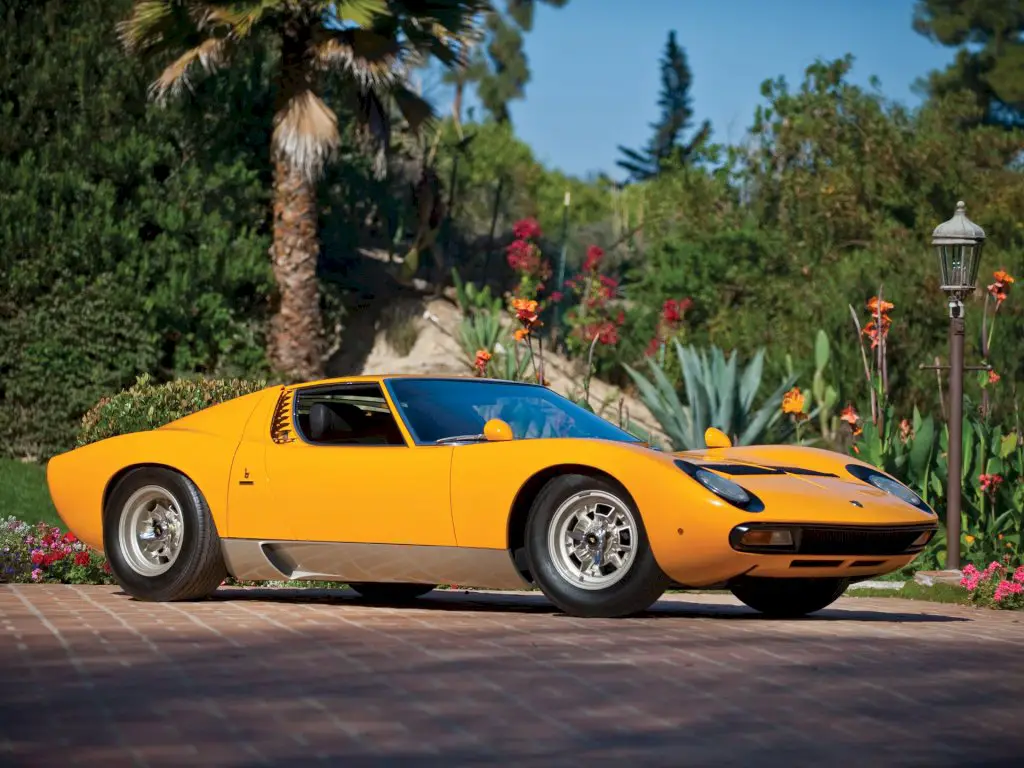
Clean and minimalist cabin
The interior of the Miura followed a minimalist approach. The dashboard was simple, with a clear focus on the driver. The seats were positioned low, emphasizing the car’s sporty character.
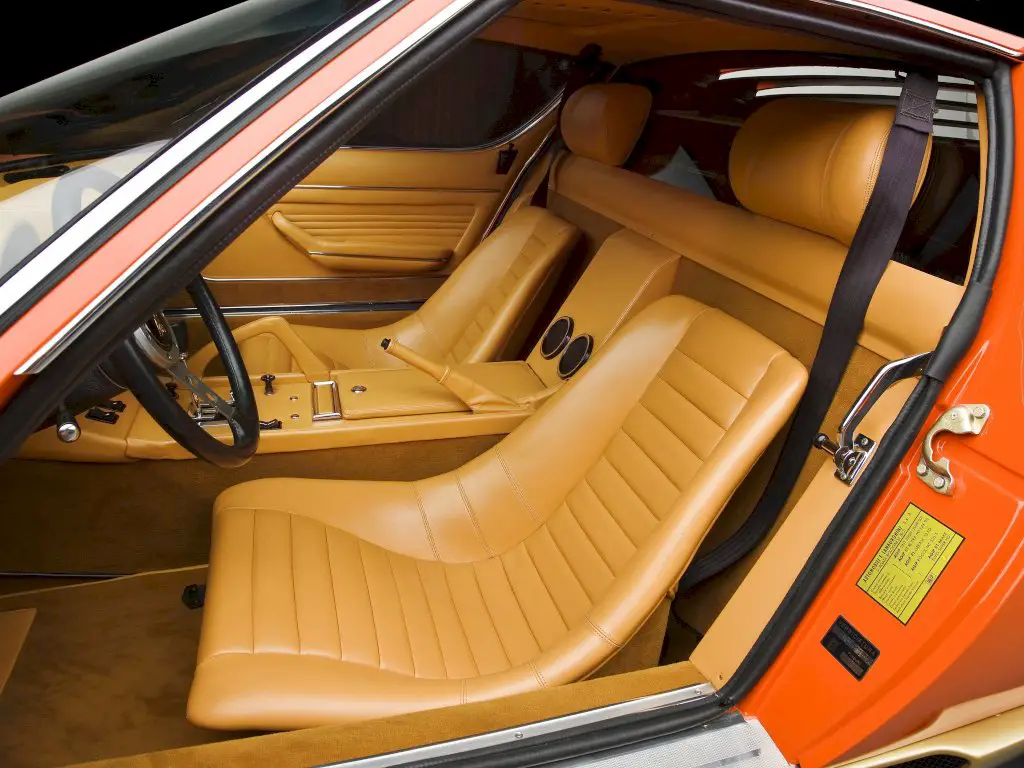
Attention to detail
The Miura showcased exceptional attention to detail, with finely sculpted body lines, recessed door handles, and a seamlessly integrated rear spoiler. These details added to the car’s overall aesthetic appeal.

6. Engine
The Lamborghini Miura was powered by a mid-mounted V12 engine throughout its production years from 1966 to 1973. Here are some details about the engine specifications:
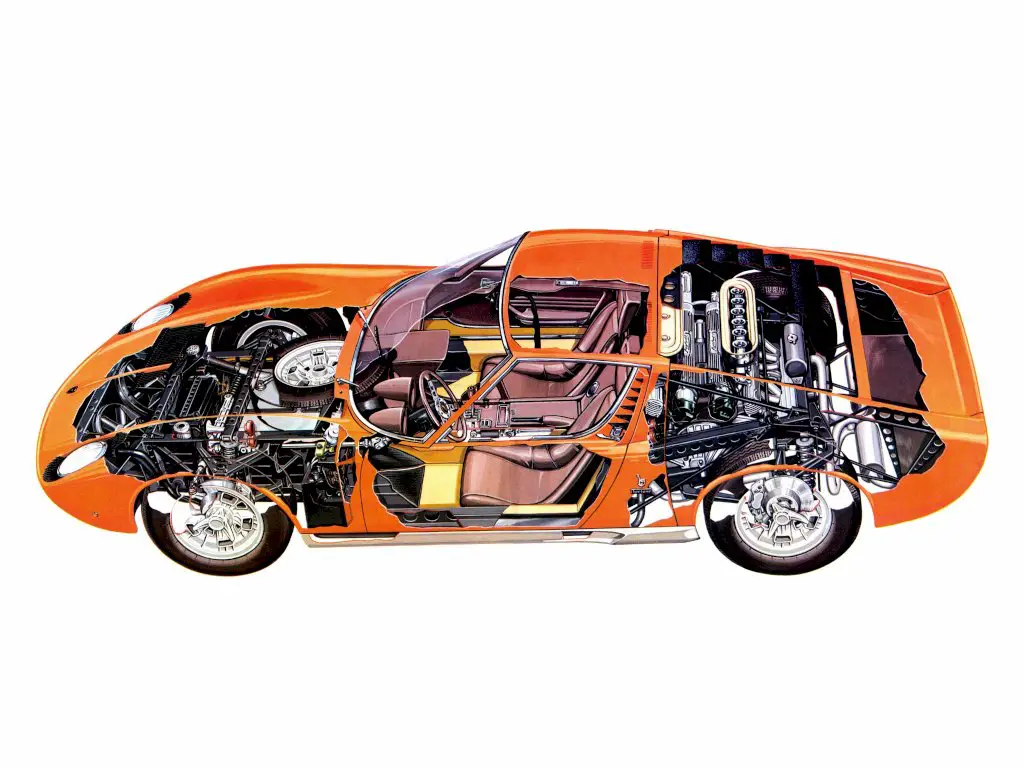
Displacement
The initial version of the Miura, known as the Miura P400, was equipped with a 3.9-liter (3929 cc) V12 engine. It produced around 350 horsepower.
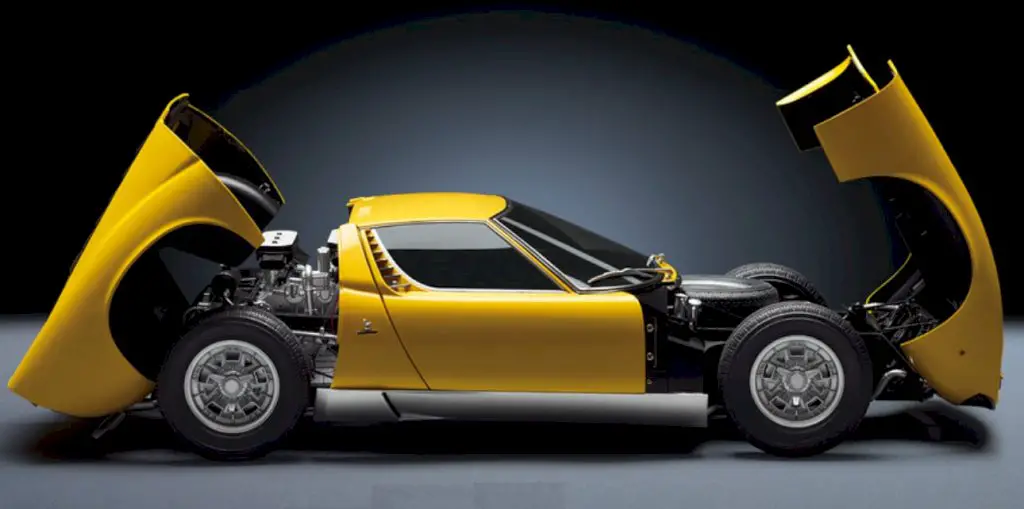
Later Displacement Increase
In 1969, Lamborghini increased the engine displacement to 4.0 liters (3929 cc) for the Miura S model, which resulted in a slight power increase.
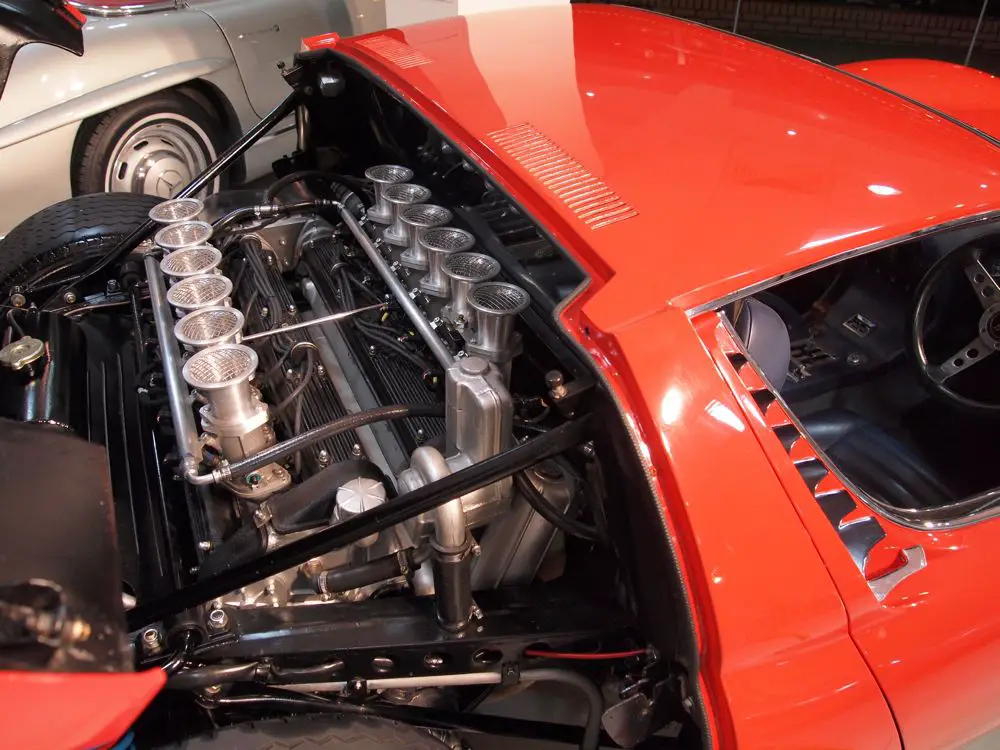
Miura SV
The final variant of the Miura, the Miura SV (SuperVeloce), introduced in 1971, featured a 4.1-liter (3929 cc) V12 engine. It produced around 385 to 420 horsepower, depending on the specific model and configuration.
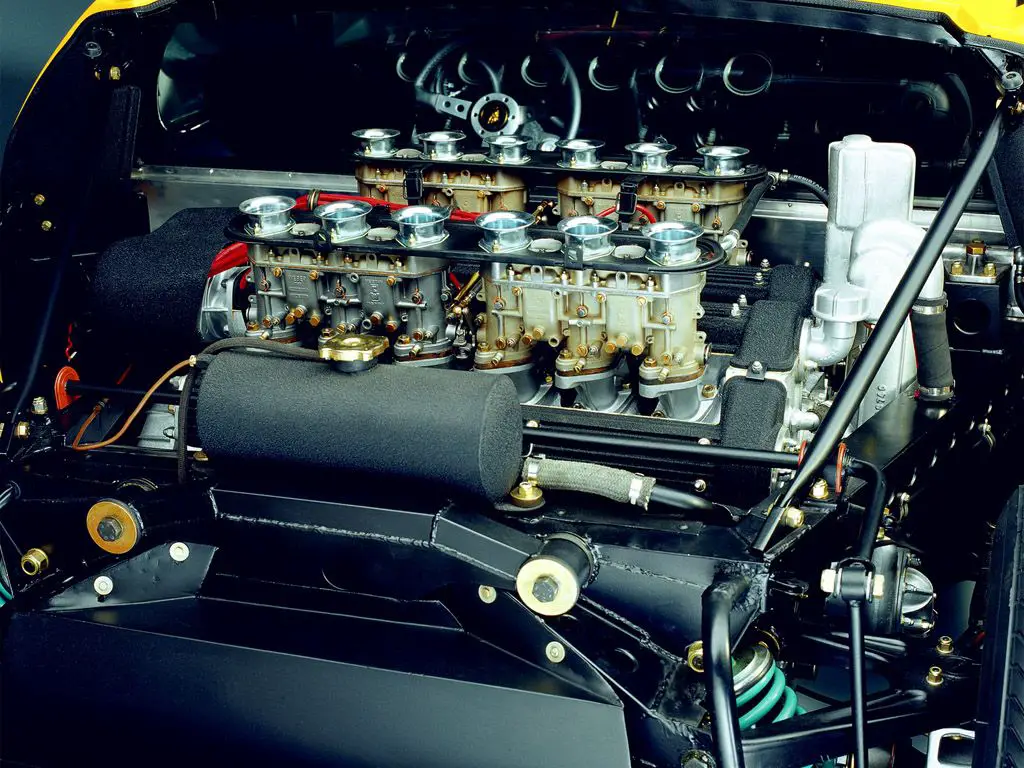
Carburetion
The Miura initially used a setup with four Weber twin-choke carburetors, later upgraded to six carburetors for the SV model. This contributed to the engine’s power delivery and responsiveness.
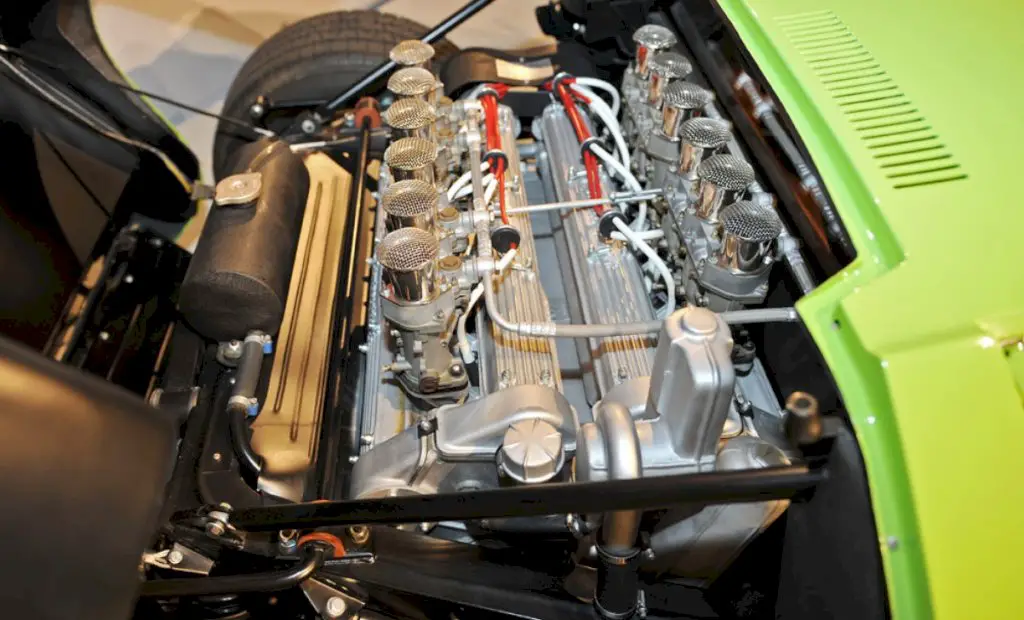
Transverse Configuration
The Miura’s V12 engine was mounted transversely behind the driver, positioned longitudinally, and in front of the rear axle. This mid-engine layout became a signature feature of Lamborghini cars and contributed to the Miura’s balanced handling characteristics.
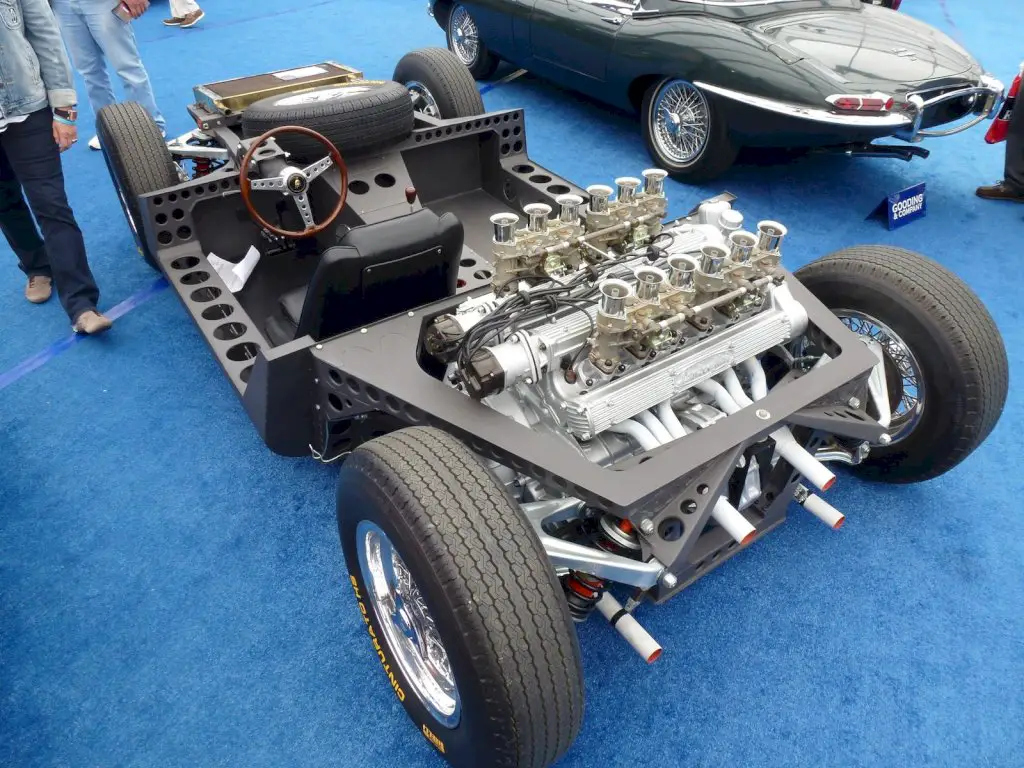
Sound and Exhaust
The Miura’s V12 engine emitted a distinct and captivating exhaust note, which added to the overall sensory experience of driving the car.
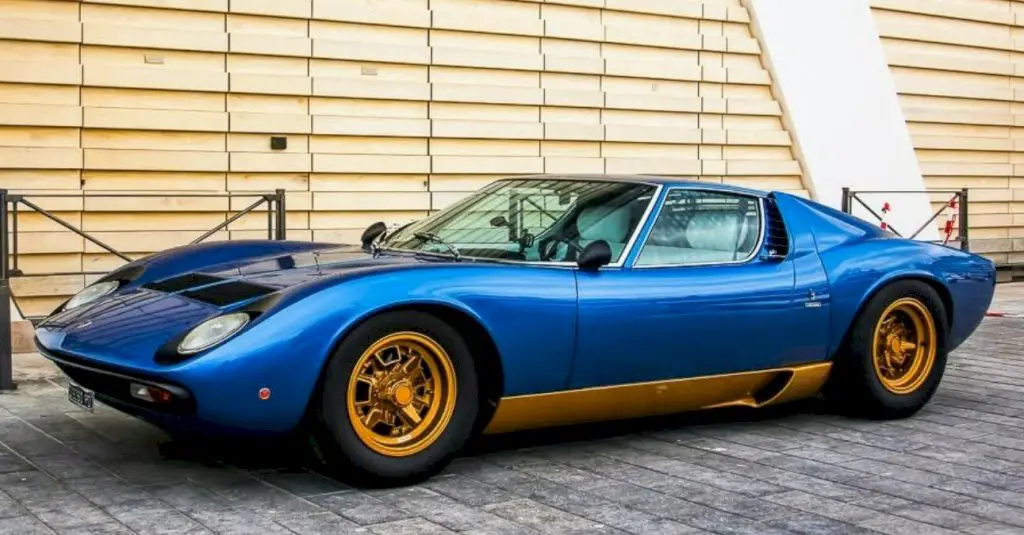
7. Performance
Acceleration
The Miura could accelerate from 0 to 60 mph (0 to 97 km/h) in under 6 seconds, which was a remarkable feat during its production years.
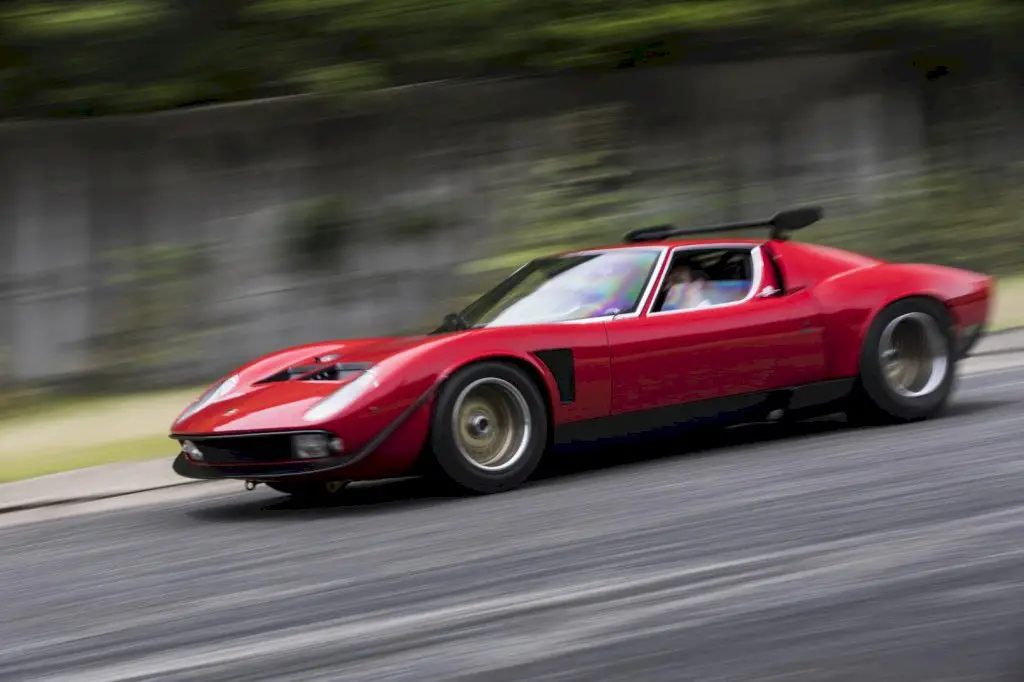
Power Output
The power output varied across different versions of the Miura. The initial Miura P400 had around 350 horsepower, while the Miura S had a slight power increase. The final Miura SV, introduced in 1971, produced around 385 to 420 horsepower.
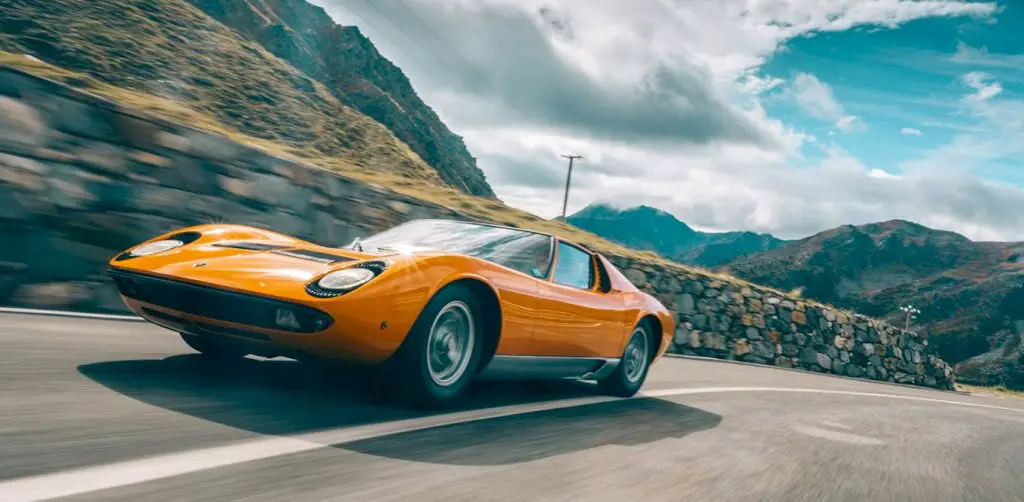
Handling and Balance
The mid-engine layout of the Miura, with the V12 engine positioned behind the driver, contributed to excellent weight distribution and balanced handling. This configuration allowed for precise cornering and overall agility.
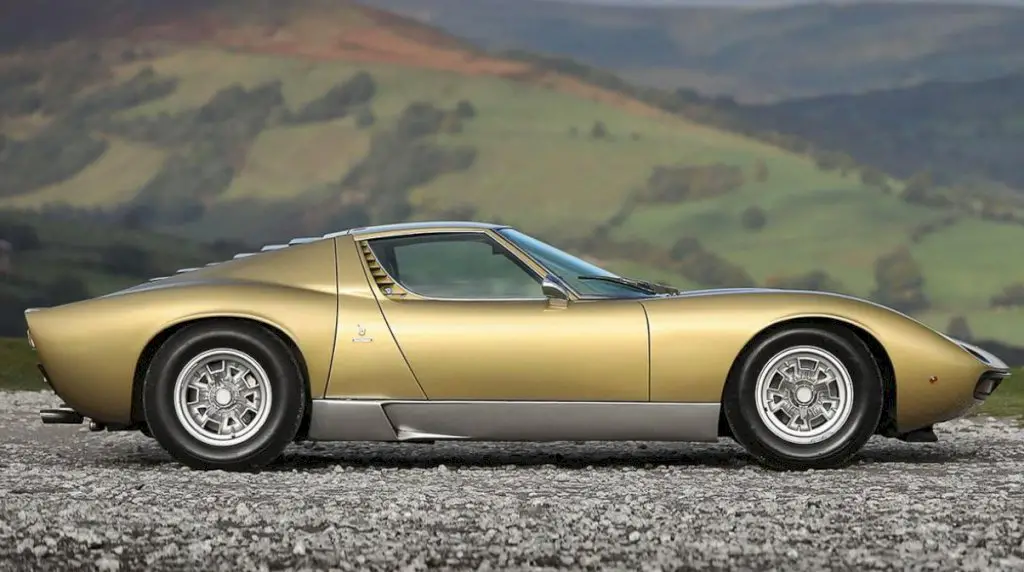
Aerodynamics
The sleek and aerodynamic design of the Miura, with its low profile and unique “flying wedge” shape, helped reduce drag and improve high-speed stability.
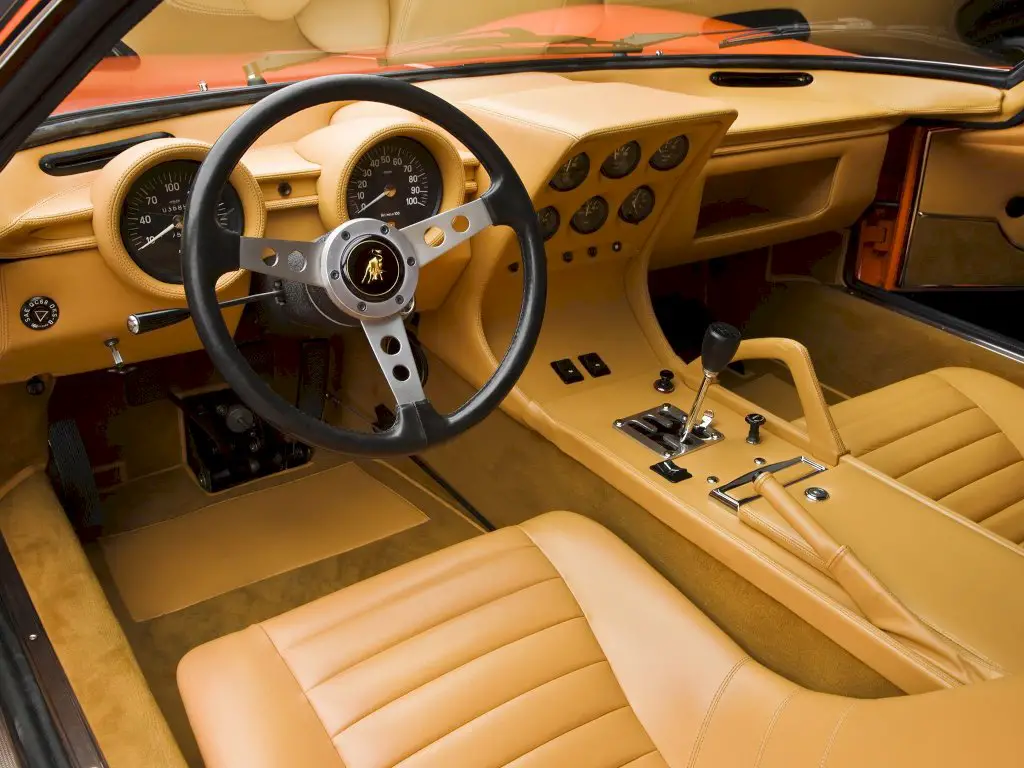
Driving Experience
The Miura offered a thrilling and engaging driving experience, with its powerful V12 engine delivering exhilarating acceleration and a captivating exhaust note.
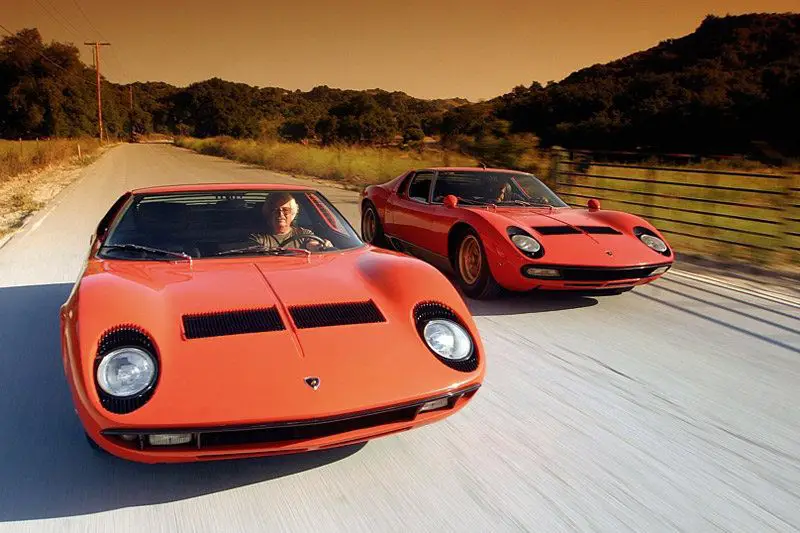
Racing Success
While the Miura was primarily designed as a road car, it also had limited success in motorsports. It participated in some races and hill climbs, showcasing its performance potential in a competitive setting.
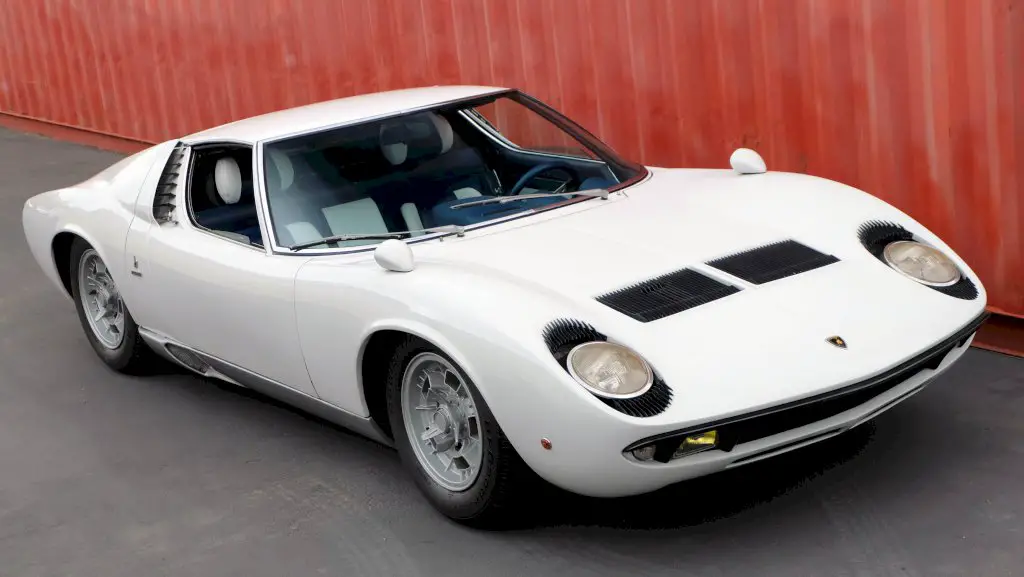
The Lamborghini Miura’s performance capabilities were at the forefront of automotive engineering during its production years. Its combination of speed, acceleration, handling, and overall driving experience solidified its status as an iconic and highly sought-after supercar.

